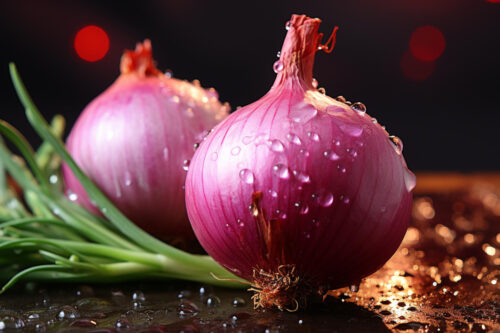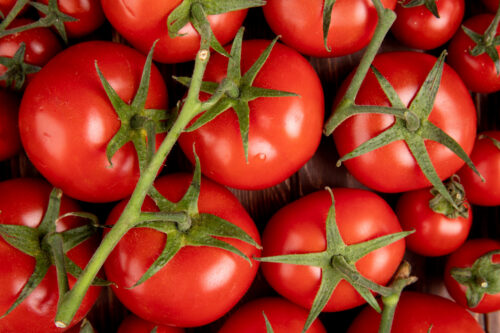Photo: Freepik
Origins in Ancient Rome
The roots of sugo can be traced back to Ancient Rome, where the earliest forms of tomato sauces were made using available local ingredients. Although tomatoes are now integral to sugo, they were not introduced to Europe until the 16th century, following the Spanish colonization of the Americas. Prior to this, Roman sauces relied heavily on ingredients like olives, garlic, onions, and various herbs.
Introduction of Tomatoes
The introduction of tomatoes to Europe was a game-changer for Italian cuisine. Initially met with skepticism, tomatoes gradually became a staple in Italian cooking by the 18th century. Southern Italy, with its ideal climate for tomato cultivation, led the way in incorporating tomatoes into their sauces, creating what we now recognize as sugo.

Photo: Freepik
Regional Variations
Sugo has many regional variations, each reflecting local tastes and ingredients. In Southern Italy, sugo is typically made with ripe, fresh tomatoes, garlic, basil, and olive oil, resulting in a simple yet robust flavor. Northern Italy, with its cooler climate, often sees variations that incorporate meat, such as sugo alla Bolognese, which includes ground beef, pork, and sometimes veal, simmered with tomatoes and aromatic vegetables.
Modern Evolution
In the 19th and 20th centuries, Italian immigrants brought their culinary traditions, including sugo, to the Americas and beyond. This global spread further diversified the sauce, as new ingredients and techniques were incorporated. Today, sugo is enjoyed worldwide, with countless variations that maintain its essential Italian essence while embracing local flavors.

Photo: Freepik
Cultural Significance
Sugo is more than just a sauce; it is a symbol of Italian heritage and the country’s commitment to simple, high-quality ingredients. It is often prepared in large batches, reflecting the Italian tradition of family meals and communal dining. The making of sugo is considered an art form, with recipes often passed down through generations, each adding their own unique touch.
Conclusion
From its ancient beginnings to its modern adaptations, sugo remains a beloved component of Italian cuisine. Its history mirrors the evolution of Italian culinary practices and the global influence of Italian culture. Whether enjoyed in a rustic trattoria or a contemporary kitchen, sugo continues to be a testament to the enduring appeal of traditional Italian cooking.
Source: ItalyHeritage.com
















